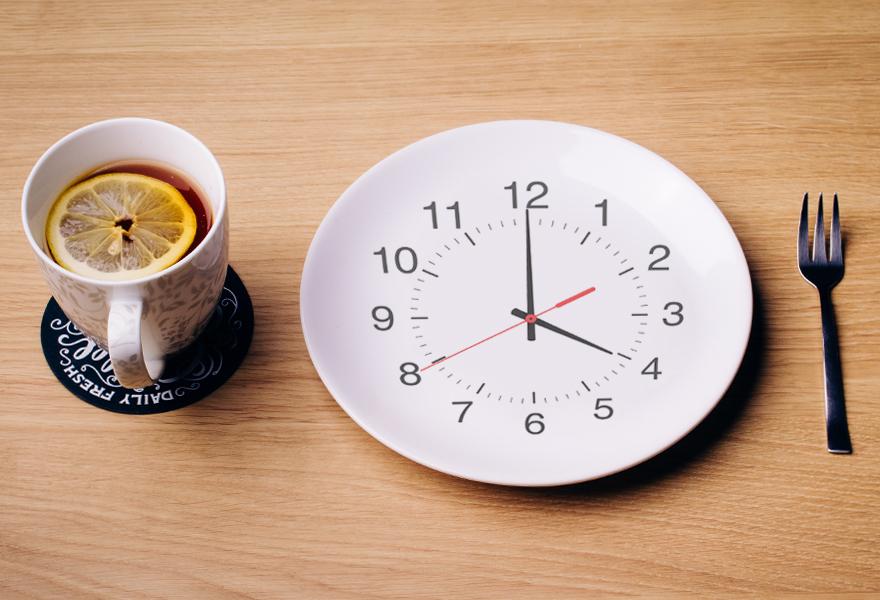Intermittent Fasting – Latest Diet Fad
There is never a shortage of diet plans to be found. Some diets are no more than fads that come and go while others are longer lasting. Some are quite healthy while others can have negative results. Some diet plans are simple while others can be quite complicated, requiring major restrictions.
Over the past year, I have friends who have lost weight and believe that they have found the best diet plan for everyone. Even though they well, their eagerness to share their diet plan can sometimes place a strain on the friendship and even make one want to avoid them.
One thing that many successful dieters often fail to understand is that everyone is different and has different metabolisms and health concerns. For example, some diets may really help a normally healthy person to lose weight, but could present health risks for people with diabetes, heart disease, kidney disease, liver disease or a host of other medical issues.
Currently, some of the more popular diets hitting the fad-circuit are the Paleo, Keto and Mediterranean diets. They all have good qualities, but at the same time they all come with cautions for some people.
A new diet that is hitting the fad-circuit is really one of the oldest diets, dating back thousands of years. It may be easy for some and very difficult for others. It’s fasting, or more accurately – intermediate fasting.
The first reaction most people have to the idea of fasting is starving yourself which becomes an instant turn-off. This is why the concept of intermittent fasting is making this more acceptable.
Fasting in general was originally associated with many early religions where people would fast and pray during the normal eating times. Intermittent fasting takes that concept but offers shorter periods of fasting without the prayer.
For instance, one form of intermittent fasting that is gaining some popularity is 16/8 intermittent fasting as defined here:
“16/8 intermittent fasting involves eating only during an eight-hour window during the day and fasting for the remaining 16 hours. It may support weight loss, improve blood sugar, boost brain function and increase longevity.”
“6/8 intermittent fasting is simple, safe and sustainable.”
“To get started, begin by picking an eight-hour window and limit your food intake to that time span.”
“Many people prefer to eat between noon and 8 p.m., as this means you’ll only need to fast overnight and skip breakfast but can still eat a balanced lunch and dinner, along with a few snacks throughout the day.”
‘Others opt to eat between 9 a.m. and 5 p.m., which allows plenty of time for a healthy breakfast around 9 a.m., a normal lunch around noon and a light early dinner or snack around 4 p.m. before starting your fast.”
“However, you can experiment and pick the time frame that best fits your schedule.”
“Regardless of when you eat, it’s recommended that you eat several small meals and snacks spaced evenly throughout the day to help stabilize blood sugar levels and keep hunger under control.”
“Additionally, to maximize the potential health benefits of your diet, it’s important to stick to nutritious whole foods and beverages during your eating periods.”
“Filling up on nutrient-rich foods can help round out your diet and allow you to reap the rewards that this regimen has to offer.”
“Try balancing each meal with a good variety of healthy whole foods, such as:”
- Fruits: Apples, bananas, berries, oranges, peaches, pears, etc.
- Veggies: Broccoli, cauliflower, cucumbers, leafy greens, tomatoes, etc.
- Whole grains: Quinoa, rice, oats, barley, buckwheat, etc.
- Healthy fats: Olive oil, avocados and coconut oil
- Sources of protein: Meat, poultry, fish, legumes, eggs, nuts, seeds, etc.
“Drinking calorie-free beverages like water and unsweetened tea and coffee, even while fasting, can also help control your appetite while keeping you hydrated.”
Other forms of intermittent fasting involve selecting 1-day a week to fast. To make it easier, you may want to start with 1-day a month. On that day, make sure you drink plenty of water and continue to take whatever medications you normally take. As you get used to fasting for an entire day, then increase it to 1-day every 2-weeks and eventually 1-day week.
However, if you have certain health issues, intermittent fasting may not be wise. For instance, if you have diabetes and have a high or fast metabolism, you may find that fasting for an entire day causes your blood sugar to drop dangerously low. If that’s you, then perhaps the 16/8 plan described above is better. Make sure you monitor your blood sugar throughout the day.
Regardless of what kind of diet you decide on, check with your doctor to make sure it is safe for you.









Recent Comments